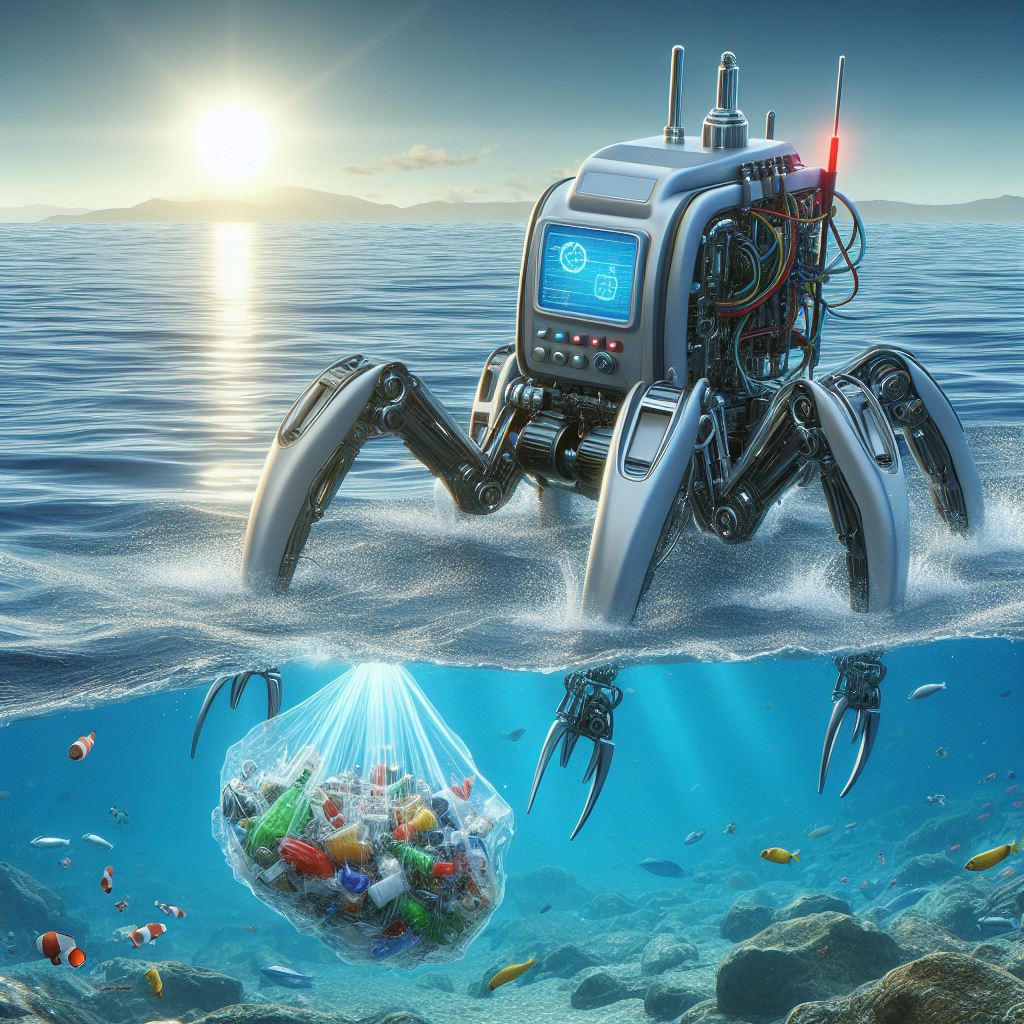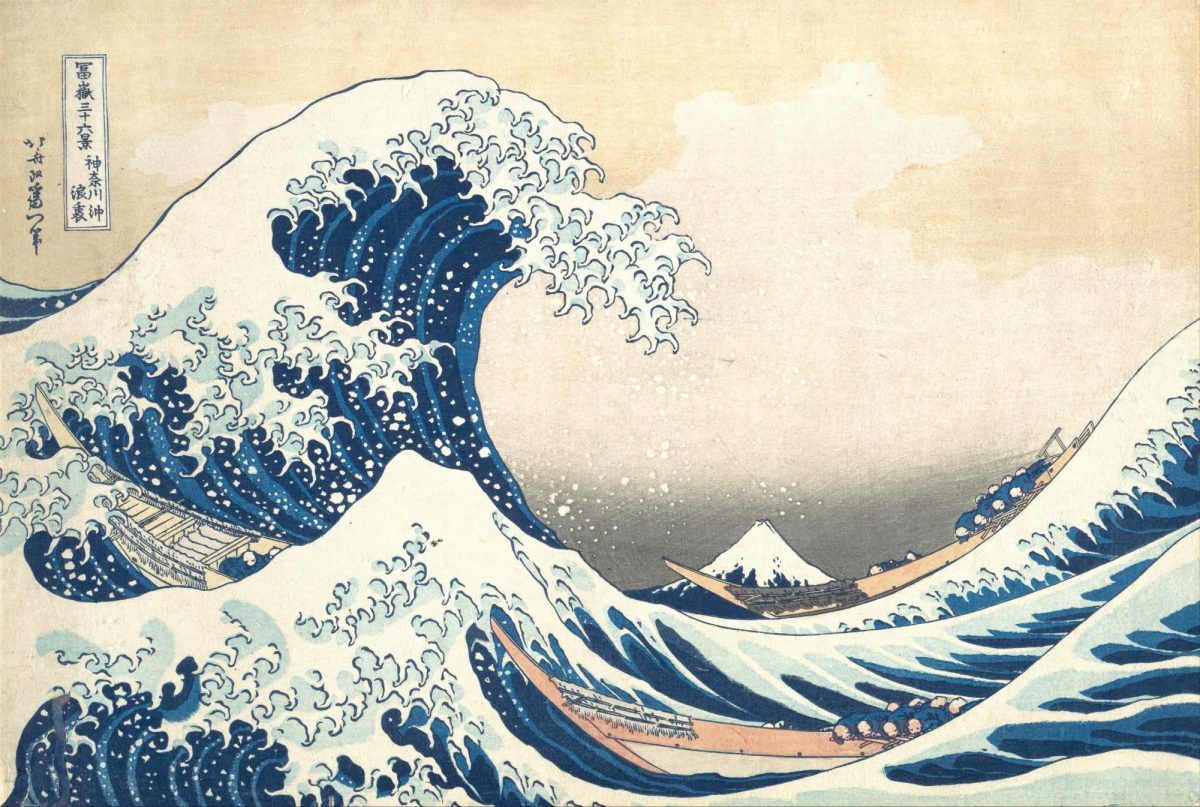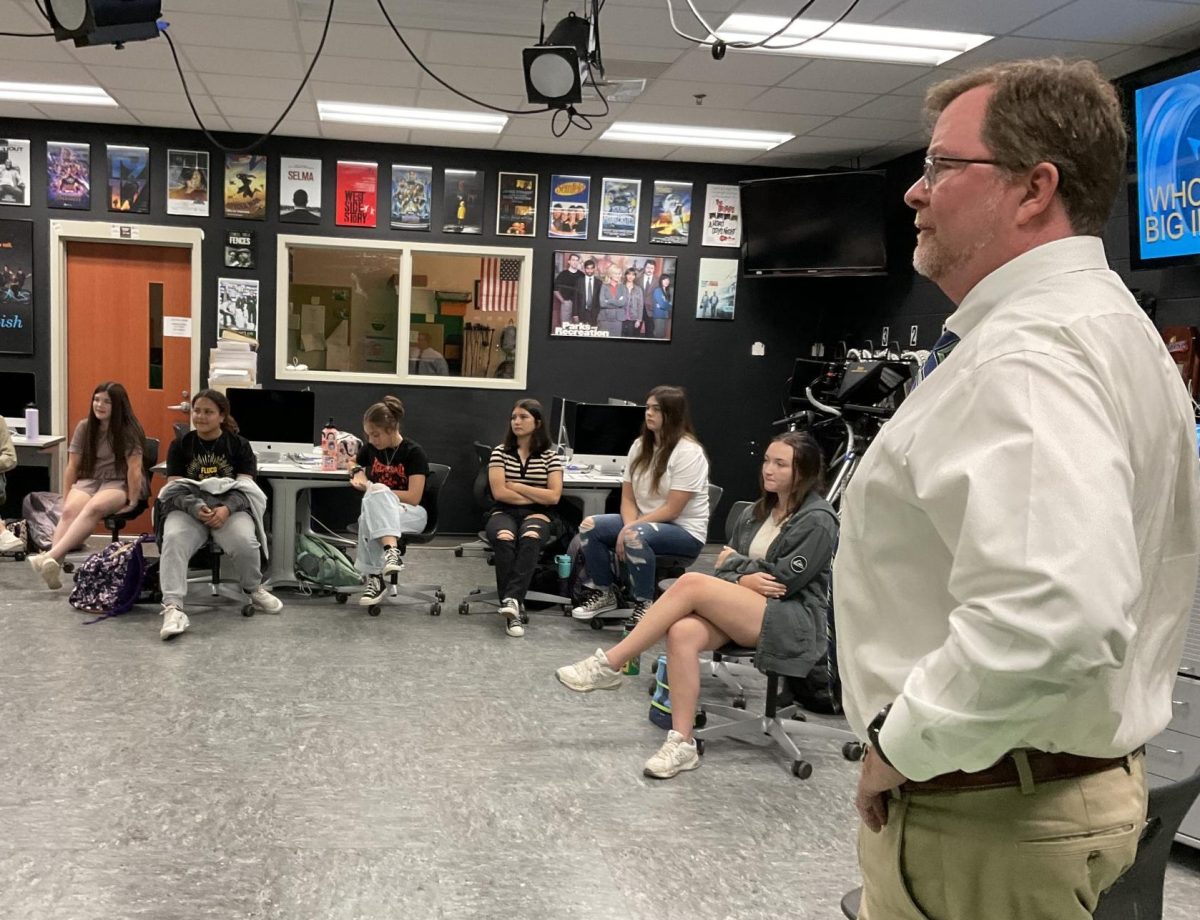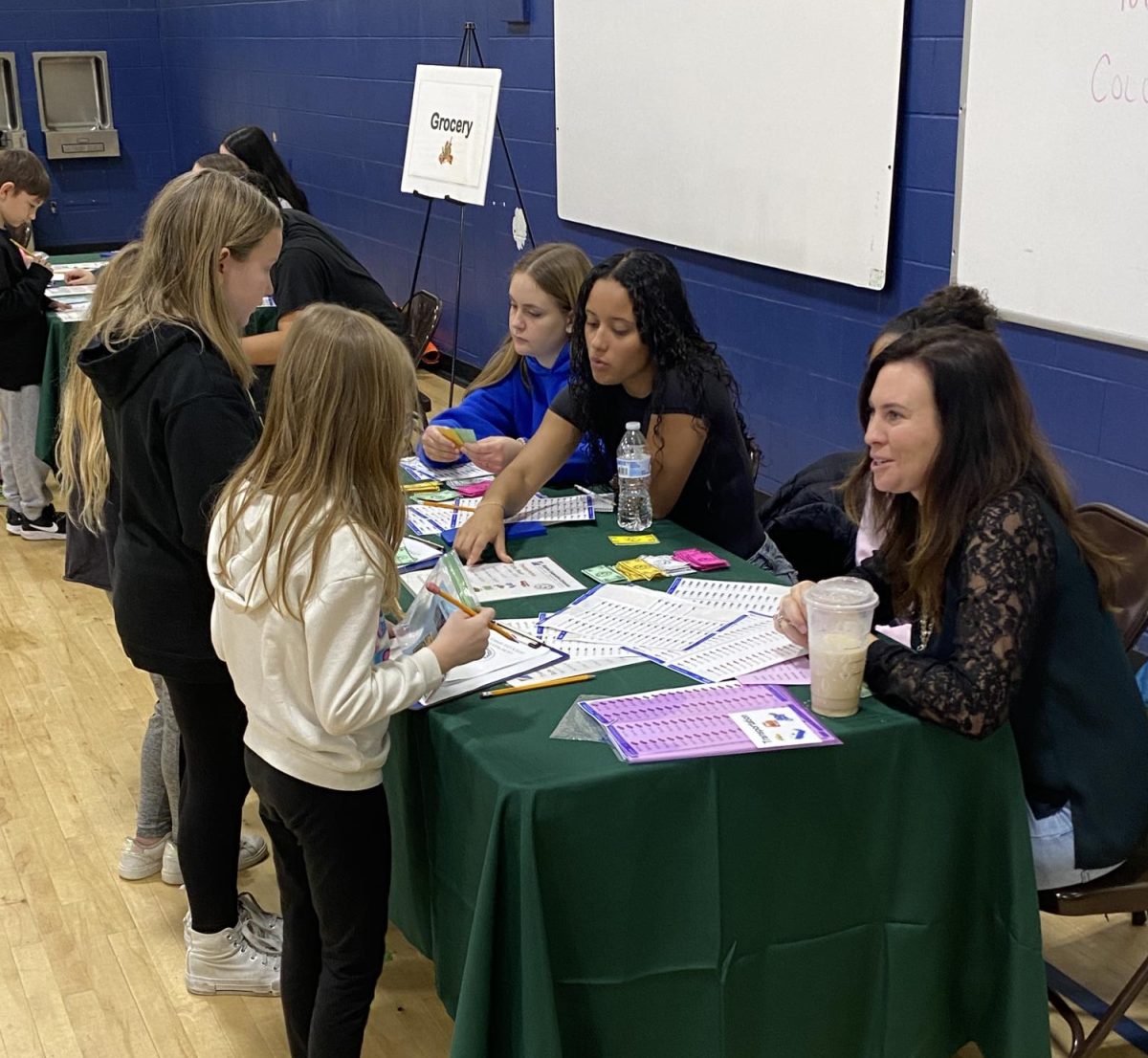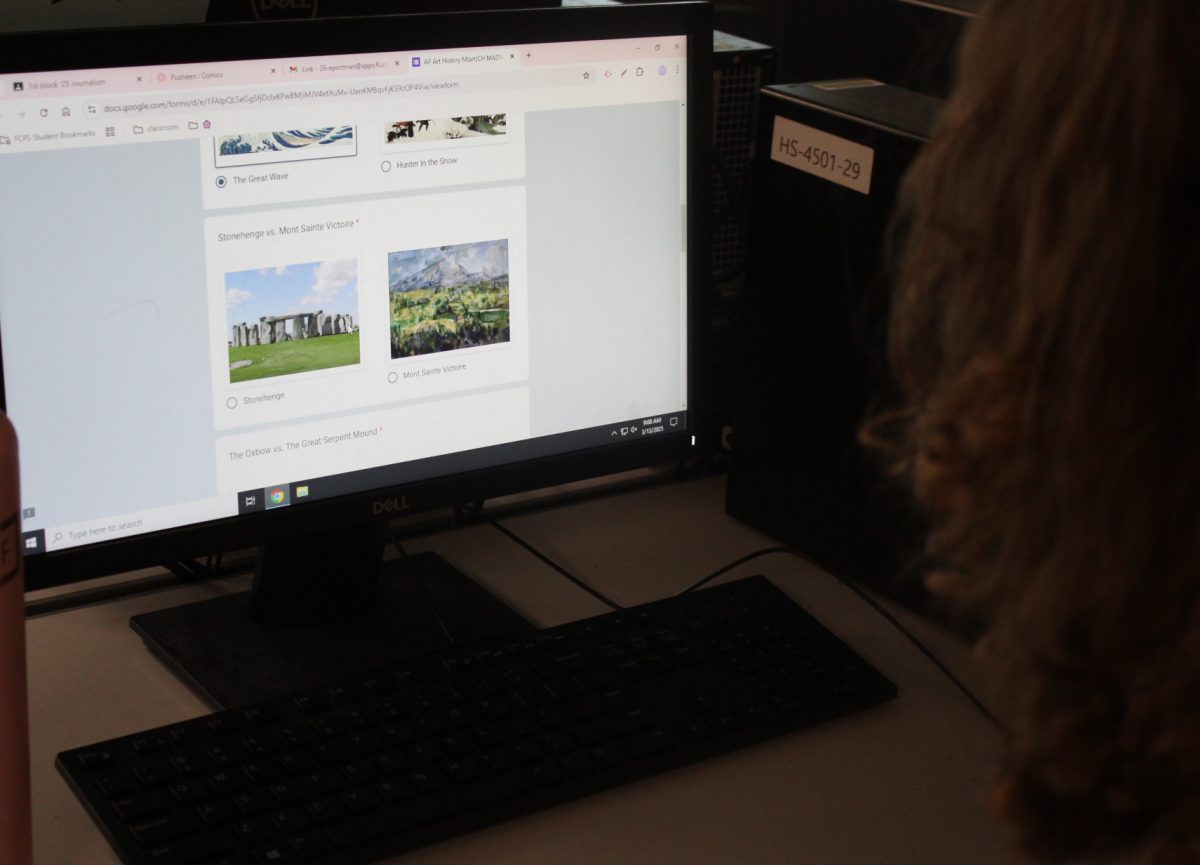Every year, around 14 million tons of plastic ends up in our oceans. That plastic makes up 80 percent of all debris found in the ocean, according to the International Union for Conservation of Nature (IUCN). This leads to injuring and killing of fish, seabirds, and marine mammals. Plastic pollution has impacted 267 species across the world, these include 86 percent of sea turtles, 44 percent of seabirds, and 43 percent of marine mammals, stated by Clean Water Action.
Approximately 70-80 percent of all plastic comes from rivers and coastlines, with 93 percent of all river related plastic pollution coming from only 10 rivers: the Yangtze, Yellow, Hai, Pearl, Amur, Mekong, Indus, Ganges, Niger and Nile.
One company is working hard in order to fix this problem. The Ocean Cleanup has innovated multiple different ways in order to not only clean up the ocean but prevent plastic in rivers from getting there. Their inventions include the Interceptor Original, a solar powered cleanup machine, which floats on rivers and uses a long guiding barrier to push floating plastic and trash towards the Interceptor’s conveyor belt. Once on the conveyor belt, the trash is transported into the Interceptor’s shuttle, a smaller conveyor belt that distributes trash into six dumpsters until they reach capacity, which is 50 cubic meters per dumpster. When full, the Interceptor sends a text message to local operators who then empty the dumpsters, send the trash to waste management facilities and return the dumpsters for more cleanup. The autonomous, renewable nature of the Interceptor has excited river cleanup agencies around the globe.
“We are excited about the possibilities to embed more sustainable practices in our operations including new ways to support our existing cleaning methodology in Klang River that can withstand strong currents, large volumes of water, and manage both organic and inorganic water,” said Ir Izham Hashim, chairman of Landasan Lumayan Sdn Bhd (LLSB). LLSB is a river management company in Malaysia that employs an Interceptor to clean its rivers.
According to The Ocean Cleanup, the Interceptor has already removed over three million kilograms of trash from rivers all across the world. It has helped remove pollution from rivers in Indonesia, Malaysia, Guatemala, Jamaica, and the United States.
Another water-related innovation is rainwater harvesting. Rainwater harvesting is the storing of rainwater for later use such as, landscape irrigation, wash applications, pond filling, and toilets. But what makes rainwater harvesting sustainable?
Rainwater harvesting lowers the amount of polluted runoff water that can severely damage ecosystems. For example, stormwater can cause unnatural contours in river and stream banks, destabilizing the natural order. These contours encourage erosion and speed up the destruction of riverbanks while depositing more pesticides and chemical pollutants from creek- or riverside farms and businesses.
An even bigger problem that is solved from rainwater harvesting is the Urban Heat Island Effect. The urban heat island effect is when cities have a mass amount of surfaces that absorb heat. This results in an increase in temperature, air pollution, and energy costs within the urban heat island.
Rainwater harvesting reduces the need for industrialized water plants, leaving room for more green areas. More green areas lead to cleaner and more sustainable environments, and reduce the effect of urban heat islands.
Harvesting rainwater also reduces the carbon footprint left behind. In the state of California, heating, treating and transporting water accounts for over 20 percent of per capita energy use, according to Blue Barrel Rainwater Catchment Systems. So, reducing the use of water systems also reduces the amount of energy being used. For example, rainwater harvesting in Baoji City in China saved energy by 139.8 percent compared to the main supply system.
These inventions are created and pioneered by teenagers, college students, and young adults. The Interceptor was created by Dutch teen Boyan Slat when he was 18. Other young adults around the world are pushing for the adoption of technologies such as rainwater harvesting on high school and college campuses. These students hope that technology will help clean the world, making it a better place for everyone in it.
Teachers and students at FCHS agree.
“I think that it is exciting to see young people coming up with innovative technologies to solve problems in this world today,” said FCHS Biology teacher Elizabeth Hubbard.
“It’s really interesting to see how technology can benefit the environment,” said eighth grader Annika Potter. “Especially since all the headlines are about how we’re hurting the world. This gives me some more faith in humanity.”

